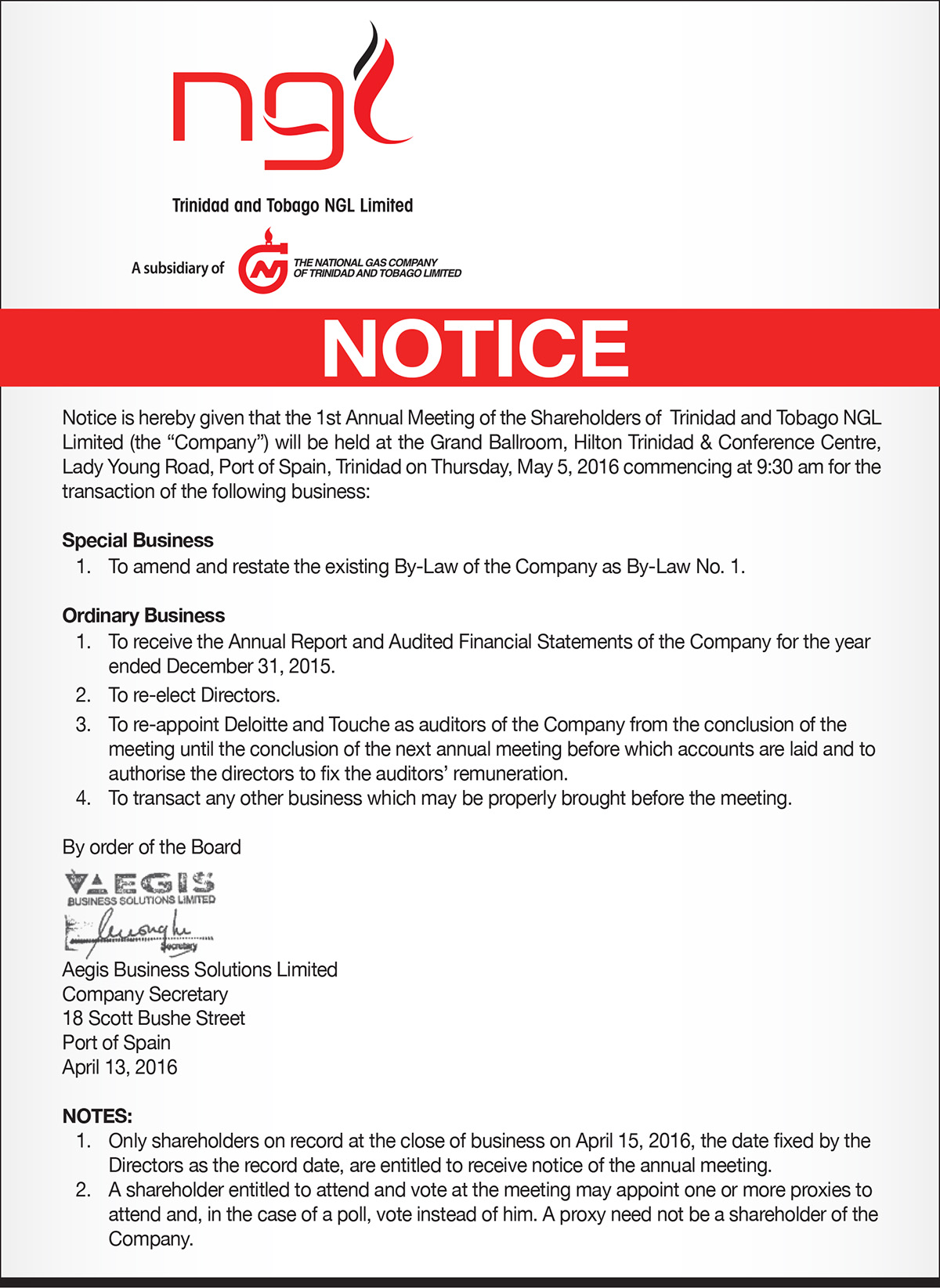Buy-and-Hold Investing: Facing The Challenges Of Long-Term Growth

Table of Contents
Understanding the Buy-and-Hold Strategy
Buy-and-hold investing is a long-term investment strategy characterized by purchasing assets—such as stocks, bonds, or real estate—and holding them for an extended period, typically years or even decades, regardless of short-term market fluctuations. The core principle is to capitalize on the power of compounding returns over time.
Benefits of Buy-and-Hold:
- Long-term growth: Historically, the stock market has shown consistent long-term growth, allowing buy-and-hold investors to benefit from this upward trend.
- Tax advantages: Holding investments for longer periods can lead to lower capital gains taxes, as long-term capital gains rates are typically lower than short-term rates.
- Reduced transaction costs: Frequent buying and selling incurs brokerage fees and other transaction costs. Buy-and-hold minimizes these expenses.
Suitable Asset Classes for Buy-and-Hold:
-
Stocks: Offer the potential for high returns but carry higher risk compared to bonds. Index funds and ETFs provide diversified exposure to the stock market.
-
Bonds: Generally considered less risky than stocks, offering a steady income stream through coupon payments. They are suitable for more conservative investors.
-
Real Estate: Real estate investments, such as rental properties, can provide both rental income and potential appreciation over time. However, they require more active management.
-
Diversification within a buy-and-hold portfolio is crucial for mitigating risk. Spreading your investments across different asset classes and sectors reduces the impact of any single investment underperforming.
-
Regular rebalancing is key to maintaining your desired asset allocation. Over time, some investments may outperform others, causing your portfolio to drift from its target allocation. Rebalancing involves selling some assets that have grown and buying others that have underperformed to restore your desired balance.
Navigating Market Volatility and Corrections
Market downturns and corrections are an inevitable part of investing. The key to successful buy-and-hold investing lies in maintaining emotional discipline and a long-term perspective.
Strategies for Managing Your Portfolio During Market Corrections:
-
Avoid panic selling: Selling during a market downturn locks in losses and prevents you from participating in the eventual recovery.
-
Dollar-cost averaging: This strategy involves investing a fixed amount of money at regular intervals, regardless of the market price. This reduces the impact of market volatility.
-
Understanding your risk tolerance is paramount before embracing buy-and-hold. Your risk tolerance will influence your asset allocation and your ability to withstand market fluctuations.
-
Having a well-defined investment plan helps you stay focused during market fluctuations. This plan should outline your investment goals, risk tolerance, and asset allocation strategy.
Addressing Inflation and Rising Interest Rates
Inflation erodes the purchasing power of your investments, while rising interest rates can impact bond yields and stock valuations. Understanding these factors is critical for long-term success.
Strategies for Mitigating Inflation Risk:
-
Investing in inflation-hedged assets: Real estate and commodities (like gold) are often considered inflation hedges.
-
Incorporating inflation-protected securities (TIPS): Treasury Inflation-Protected Securities (TIPS) adjust their principal based on inflation, protecting your investment from inflation's impact.
-
Regularly reviewing your portfolio's inflation-adjusted returns is essential. This helps to ensure your investments are keeping pace with inflation.
-
Consider incorporating inflation-protected securities (TIPS) into your portfolio. TIPS offer a way to safeguard your investment against inflation.
The Role of Due Diligence and Portfolio Management
Successful buy-and-hold investing requires thorough research and ongoing management.
Importance of Due Diligence and Portfolio Management:
-
Thorough research and selection of high-quality investments: Careful analysis of companies' financials, industry trends, and management teams is essential before investing.
-
Ongoing monitoring and portfolio adjustments: Regularly review your portfolio's performance and make adjustments as needed to maintain your desired asset allocation and risk profile.
-
Identifying and mitigating potential risks associated with specific investments: Regularly assess your investments for potential risks and take steps to mitigate them.
-
Diversification across different sectors and asset classes is vital. This reduces your exposure to any single sector's underperformance.
-
Regularly review your investment holdings and consider adjustments as needed. This includes rebalancing your portfolio and potentially selling underperforming assets.
Tax Implications of Long-Term Buy-and-Hold Investing
Understanding the tax implications of your investments is crucial for maximizing your returns.
Strategies for Minimizing Tax Liabilities:
-
Capital gains tax implications: Long-term capital gains are taxed at lower rates than short-term gains, benefiting buy-and-hold investors.
-
Tax-advantaged investment accounts: Utilize tax-advantaged accounts like 401(k)s and IRAs to reduce your tax burden.
-
Consult with a tax professional to understand the tax implications of your investments. A tax advisor can help you optimize your investment strategy to minimize your tax liability.
-
Consider tax-loss harvesting to offset capital gains. This strategy involves selling losing investments to offset capital gains, reducing your overall tax bill.
Conclusion
Buy-and-hold investing, while offering a path towards significant long-term growth, requires a robust understanding of its challenges and the ability to navigate market volatility and economic shifts. By employing diligent research, disciplined portfolio management, and a long-term perspective, you can effectively mitigate risks and harness the power of buy-and-hold investing to achieve your financial goals. Ready to embark on your buy-and-hold journey? Start planning your long-term investment strategy today and explore the potential of buy-and-hold investing for achieving lasting financial success.

Featured Posts
-
 Young Hawaiian Artists Shine Sew A Lei Memorial Day Poster Competition
May 25, 2025
Young Hawaiian Artists Shine Sew A Lei Memorial Day Poster Competition
May 25, 2025 -
 2025 Philips Annual General Meeting Shareholder Information And Updates
May 25, 2025
2025 Philips Annual General Meeting Shareholder Information And Updates
May 25, 2025 -
 Zheng Qinwens Path To Gauff Rome Open Victory Over Sabalenka
May 25, 2025
Zheng Qinwens Path To Gauff Rome Open Victory Over Sabalenka
May 25, 2025 -
 Can Alex Eala Achieve A Dream Start At The French Open
May 25, 2025
Can Alex Eala Achieve A Dream Start At The French Open
May 25, 2025 -
 This Dad Rowed To Raise 2 2 Million For His Sons Life Saving Treatment
May 25, 2025
This Dad Rowed To Raise 2 2 Million For His Sons Life Saving Treatment
May 25, 2025
